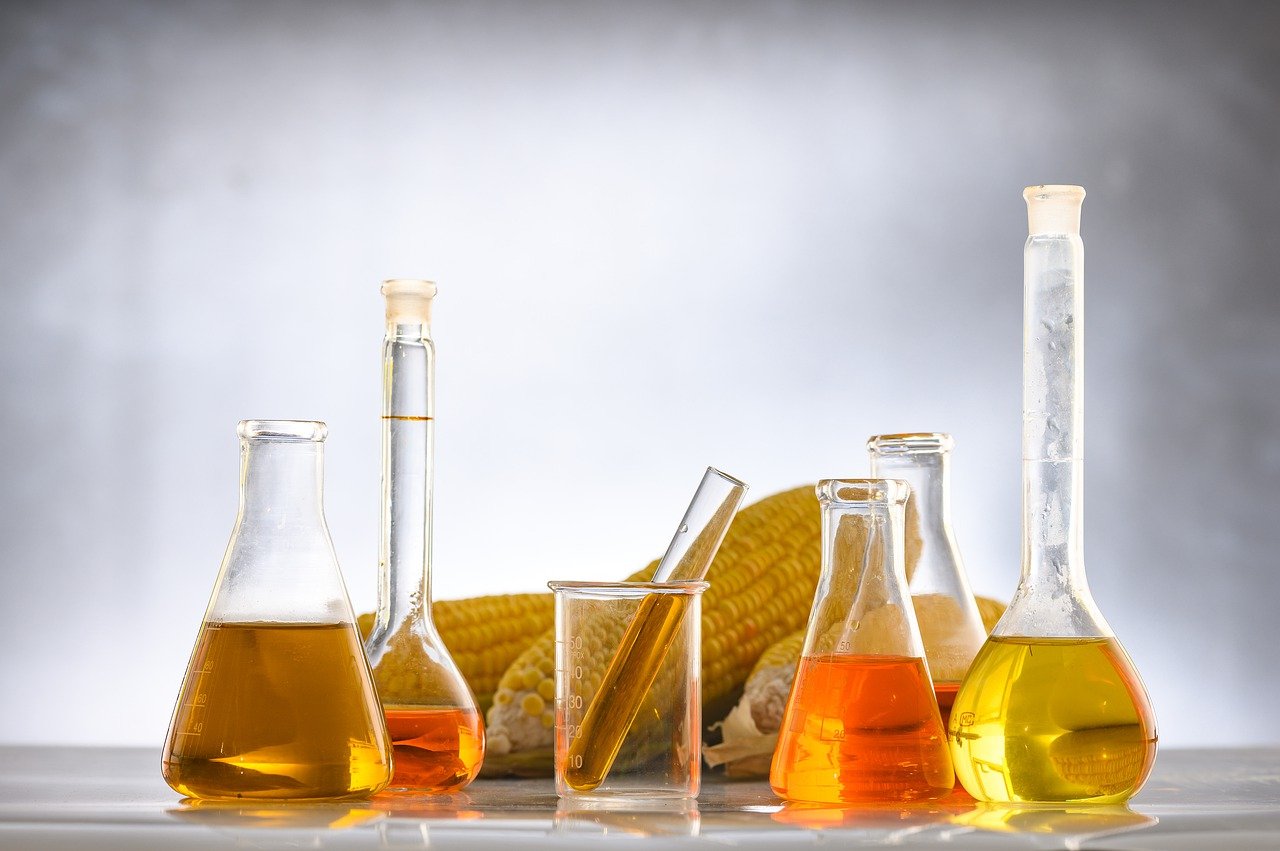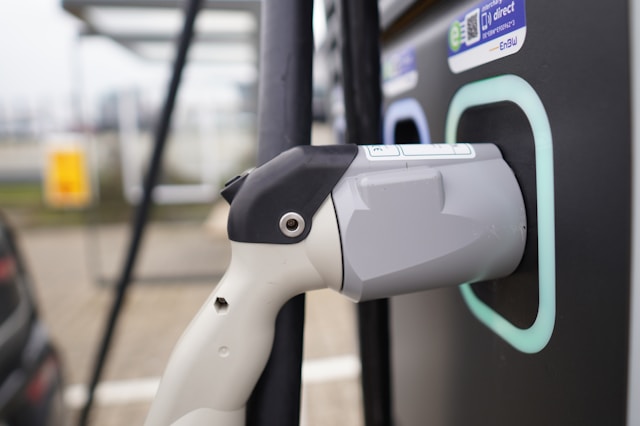The world’s exponential development and industrialization produce two major types of waste.
The first concerns urban and industrial waste, including large amounts of construction and dismantling waste, plastic waste, waste, biomedical waste, and other dangerous and non-hazardous industrial waste.
The second is about agricultural waste. Producing bio-waste, including crop residues, food waste and other agricultural waste. This type of waste is a major issue for civilized society, and the expected annual waste generation over the next 30 years (until 2050) is 3.4 billion tons, compared to 2.01 billion tons in recent years. Therefore, the world is trying to develop and use various technologies to reduce, reuse, recycle, and manufacture new materials using waste for industrial applications and renewable energy sources.
The biogenic by products pose a serious threat to human health and environment in various dimensions. In this article we’ll explore health issues created by biogenes byproducts.
Food safety is a major factor in consumer and health authorities around the world, European Food Safety Agency (EFSA), Food and Drug Administration (FDA), Japan Food Safety Commission (FSCJ), World Health Organization (WHO), etc.) I’m interested. According to WHO, more than 200 diseases are transmitted through food and, and the majority of the population develops food-borne diseases at some point in their lives. For example, in the United States, 48 million people (1 in 6) develop food poisoning each year. Of these, 128,000 have been hospitalized and 3,000 have died from such illnesses. In addition, the actual numbers are higher because many cases of food-borne diseases are not detected and are not recorded as such because it is difficult to establish a causal relationship between food contamination and illness or death.
While these by-products have caused serious illness, they can be recycled to utilize them in a productive manner.
Biofuel:
It can be recycled to produce biofuel which is of great utility in various fields. Being renewable, bio fuel is considered to be vital in replacing the depleting conventional energy resources.
Because the calculation criteria for recycled goods and biogenic carbon stored in products are established independently of each other, current carbon footprinting (CF) and life cycle assessment (LCA) methodologies do not appropriately address recycled biogenic carbon. As a result, a more accurate and consistent calculation rule for the CF of product systems that include both recycling and carbon stored in goods is presented. The methodological approach uses the same allocation criteria for both GHG emissions and GHG removals:
(1) instead of assuming carbon neutrality per se, explicit accounting of inputs (GHG removals) and outputs (GHG releases) of biogenic carbon fluxes;
(2) consistent application of allocation criteria for environmental benefits and burdens. It is demonstrated that different modelling methodologies (e.g. polluter pays, conservative, or partitioning) provide varied results in LCA and CF calculations, such as the GHG emissions of the product system’s first life cycle.
By recycling many issues can be solved.







